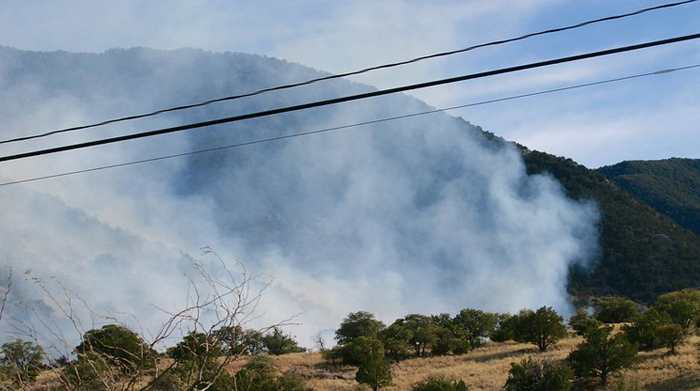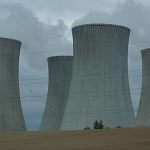How Utilities Can Quantify Wildfire Risk

Image courtesy of Fort Huachuca Public Affairs under Attribution-NonCommercial 2.0 Generic License, resized to 700 x 391 pixels.
It is critical for utilities, regardless of their area of operation, to improve their ability to quantify wildfire risk. This may seem like a foreign concept if you are located in a geographic area that is not known as a wildfire haven, but it?s important to realize that wildfires are no longer simply a “California issue.” Of course, quantifying the risk is easier said than done, so what follows are some recommendations to make the process a little clearer.
Tips to Help Quantify Wildfire Risk
According to Utility Dive, there are some specific steps that can be utilized to assess the degree of risk. The method involves utilizing historical weather data to simulate fire ignition probability for each utility asset, which generally would involve leveraging datasets from outage probability models, failure models and ignition models. The objective is to determine the probability of a specific asset starting a specific wildfire under a range of possible weather conditions.
Breaking it down further, two aspects of outage analytics should be combined – probability of failure (i.e., something creates a spark that falls on the ground), and ignition probability (i.e., how likely it is for the spark to actually start a fire). Much of these probabilities rely on variables like vegetation density and composition, wind, temperature, and humidity levels.
This information provides the conditional risk, which when combined with expected risk can provide a holistic view. Of course, I’m simplifying for the purposes of this blog post, as I am only concerned with providing a quick intro to the topic. Please refer to the Utility Dive article linked to above if you really want to go down the rabbit hole on this.
The primary reason to quantify wildfire risk is to facilitate long-term planning and wildfire mitigation strategies. For example, the simulated data and asset-specific risk profiles can help identify the most at-risk assets, which can help derive optimal infrastructure hardening strategies. It can also be useful for identifying outage risk to help prioritize recovery efforts. The possibilities are endless, but you must start somewhere. The bottom line is, if your company is not actively working to quantify wildfire risk, the time to start is now.



